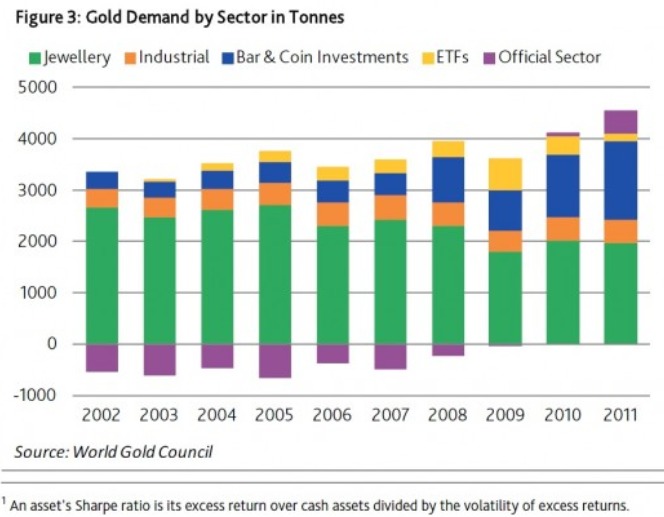by Michael Tarsala
Investing is not a game of picking the winner of a beauty contest; it’s about choosing the winner the judges will select.
Barry Ritholtz, CEO of research firm Fusion IQ, says that you are at an “enormous advantage” if you simply understand that concept, and a little about how crowd behavior works.
“Investing isn’t necessarily a process of picking the “best” asset class, sector or stock, but rather, selecting what the crowd is buying,” Ritholtz wrote for the Washington Post this week. “Investors sometimes forget that, most of the time, the crowd is the market.”
Sure, choosing the stock or sector that looks best on growth rates and valuation would seemingly make sense. Yet if it were really that easy, you would choose the stock with a combination of earnings and revenue growth, a low PE multiple and a healthy balance sheet every time and your research work would be complete.
The trouble is that everyone else would do that, as well. The price part of the PE equation would go sky high, and your most beautiful stock wouldn’t look so hot any longer.
Analysts really don’t spend a lot of time searching for attractive stocks. Instead, they are looking for ones with potential for expanding valuation multiples. They want to find the investments that the crowd will likely buy up in the future.
It was John Maynard Keynes who first taught us about this concept, back in 1936. He wrote:
It is not a case of choosing those [faces] that, to the best of one’s judgment, are really the prettiest, nor even those that average opinion genuinely thinks the prettiest. We have reached the third degree where we devote our intelligences to anticipating what average opinion expects the average opinion to be. And there are some, I believe, who practice the fourth, fifth and higher degrees.
Why listen to an economists’ advice about stock selection?
Keynes rivaled Benjamin Graham, Peter Lynch and some of the greatest investors of all time. In a 22-year period, while also doing his day-job of restructuring the global financial system, he managed to beat the U.K. stock market by a risk-adjusted 8 percentage points a year.
One of the secrets to his success was that he simply understood the nature of the investing game: Figure out where the crowd is headed, and try to stay a half-step ahead of them.
Photo by: Stavwoz



